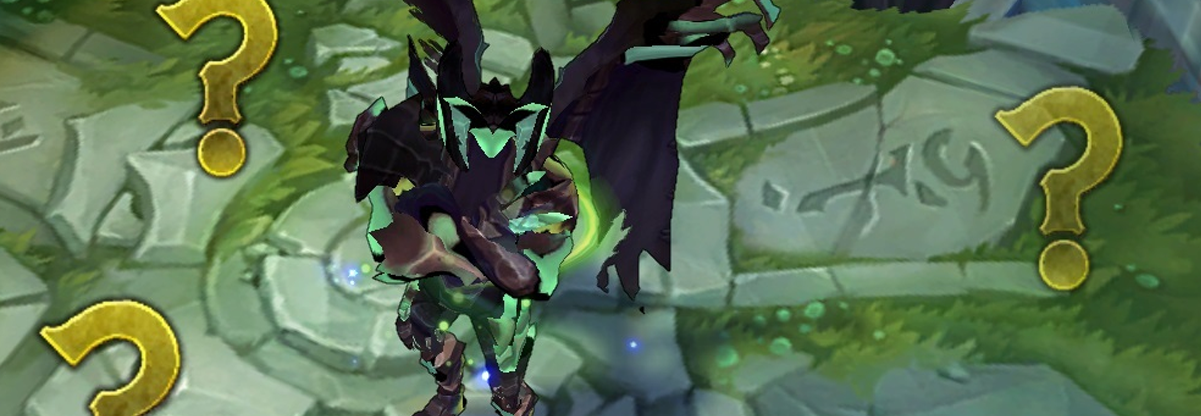
Hey there. I’m Stephen “Riot FloofyRice” Zhang and I’m a technical developer in QA on the Content Efficiency team, which focuses on building internal tools. I want to talk about our efforts to clean up one of our bigger problems at Riot: data debt.
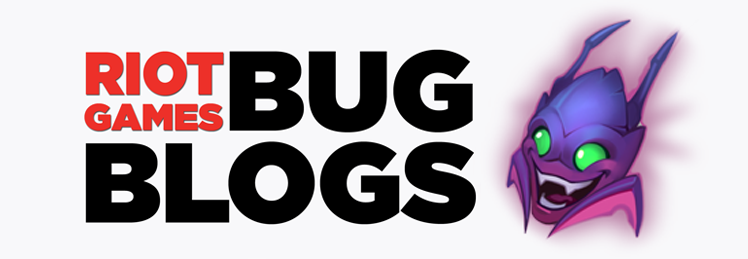
So, why do Bug Blogs? Well, at Riot, we believe that a fundamental component of the development process is understanding that failures can and do happen. We make mistakes because we’re humans, and humans are far from perfect. And that’s okay! What’s important is to recognize failures for what they are, work to understand why they happened, learn from them, and make needed changes based on those learnings. That’s how we grow and that’s how we get better.
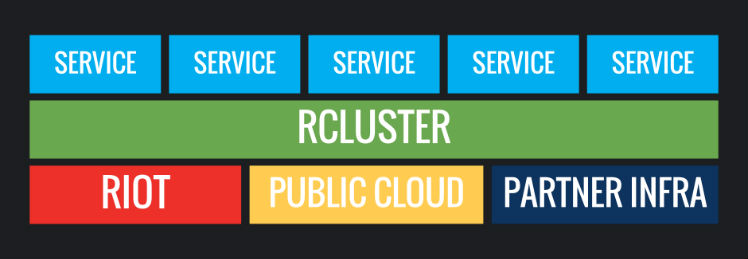
In the previous article in this series I discussed the ecosystem of supporting services that allow us to operate micro-services in production. If our micro-services are our carries and those tools are our supports, what about our junglers? That’s where our developer ecosystem for cluster management comes in.
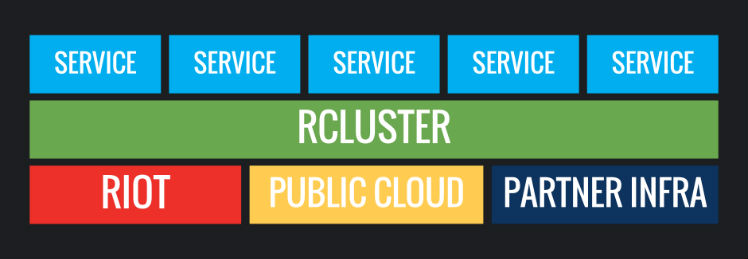
Welcome back readers to the Running Online Services at Riot blog series. My name is Maxfield Stewart and I’ve written before about how we use containers to build containers on an open source platform. Today’s article will dig into the five key requirements for any micro-service to become a live running application on our container platforms at Riot.
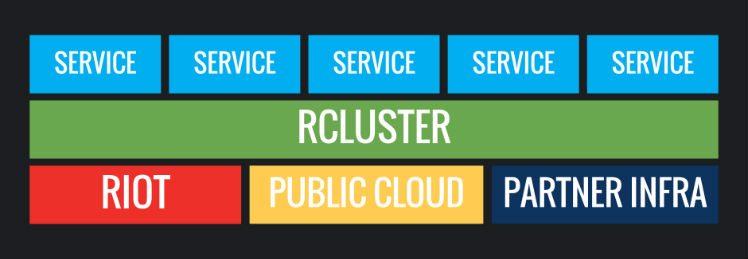
Welcome back to the Running Online Services series! This long-running series explores and documents how Riot Games develops, deploys, and operates its backend infrastructure. Since 24 months is an eternity in this space, we figured we would update you all on how things have worked out, new challenges we faced, and what we learned addressing them!

Hi, I’m Tony, and I’m an engineer on League. This article is a followup to my performance series, where I talk about optimisation and profiling. This will be a high level overview of how we monitor game performance in League of Legends, how we detect when a performance degradation has slipped through QA and escaped into the wild, and how we track global trends in frame times over many patches and millions of players. I hope you enjoy it!
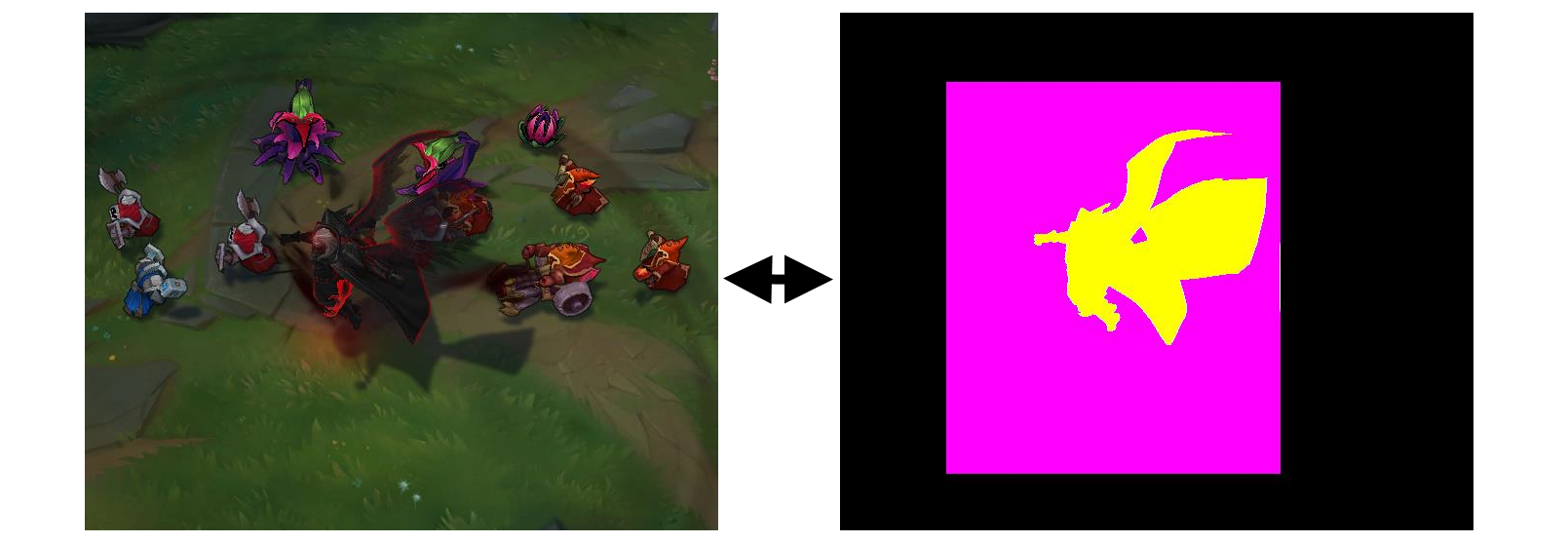
Hi, I’m Tony Albrecht, an engineer on League. You might remember me from such articles as Profiling: Measurement and Analysis and Profiling: Optimisation where we looked at how we find and optimise performance bottlenecks in the LoL code base. In this article, we’re going to take a step back and look at how we detect and then fix real world performance issues that slip out past our QA and monitoring systems and escape into the wild to plague you, The Player.
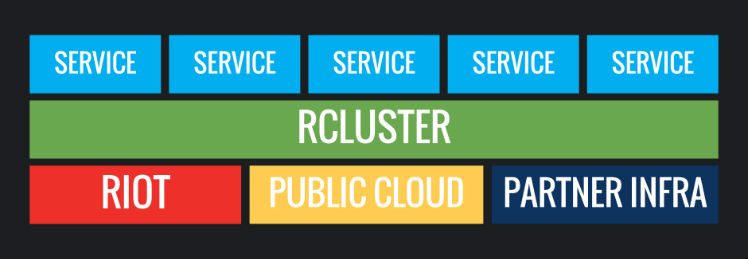
My name is Jonathan McCaffrey and I work on the infrastructure team here at Riot. This is the first post in a series where we’ll go deep on how we deploy and operate backend features around the globe. Before we dive into the technical details, it’s important to understand how Rioters think about feature development. Player value is paramount at Riot, and development teams often work directly with the player community to inform features and improvements.

Hi, I’m Guy Kisel, and I’m a software engineer on Legends of Runeterra’s Production Engineering: Shared Tools, Automation, and Build team (PE:STAB for short). My team is responsible for solving cross-team shared client technology issues and increasing development efficiency. In this article I’m going to share some details about how we build, test, and deploy Legends of Runeterra, a digital collectible card game.

This article is the third in a multi-part series on the Riot Games API. As discussed in our second article, the API is fronted by the Zuul proxy server developed by Netflix. We chose Zuul because Netflix built it to handle an enormous amount of daily traffic, so we knew we could trust that the code was battle-tested and production-hardened.










